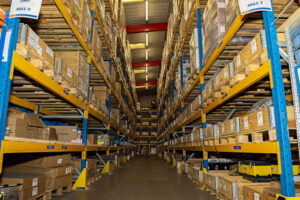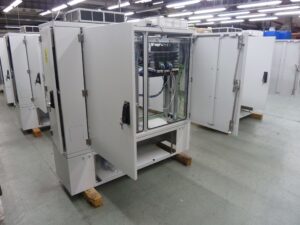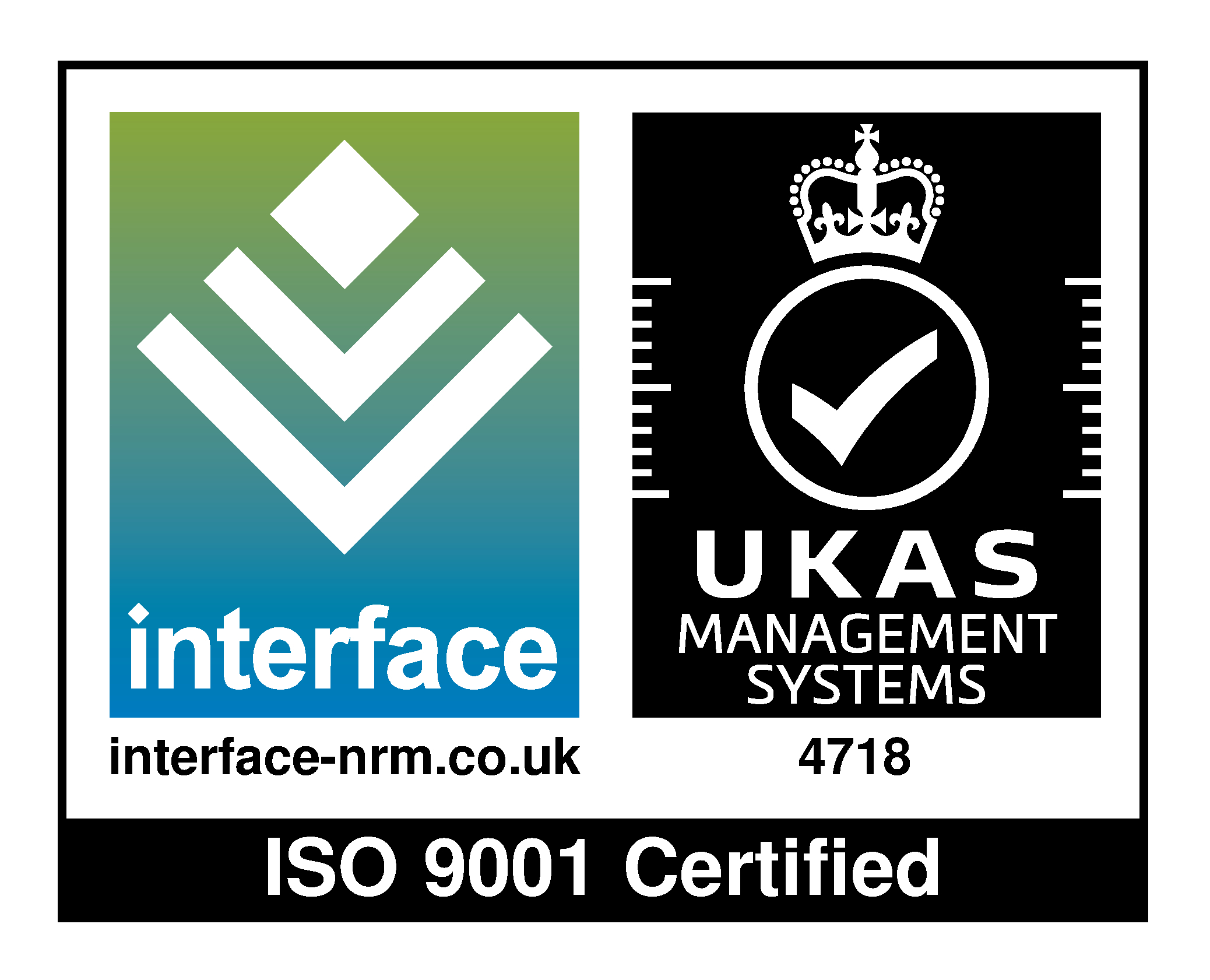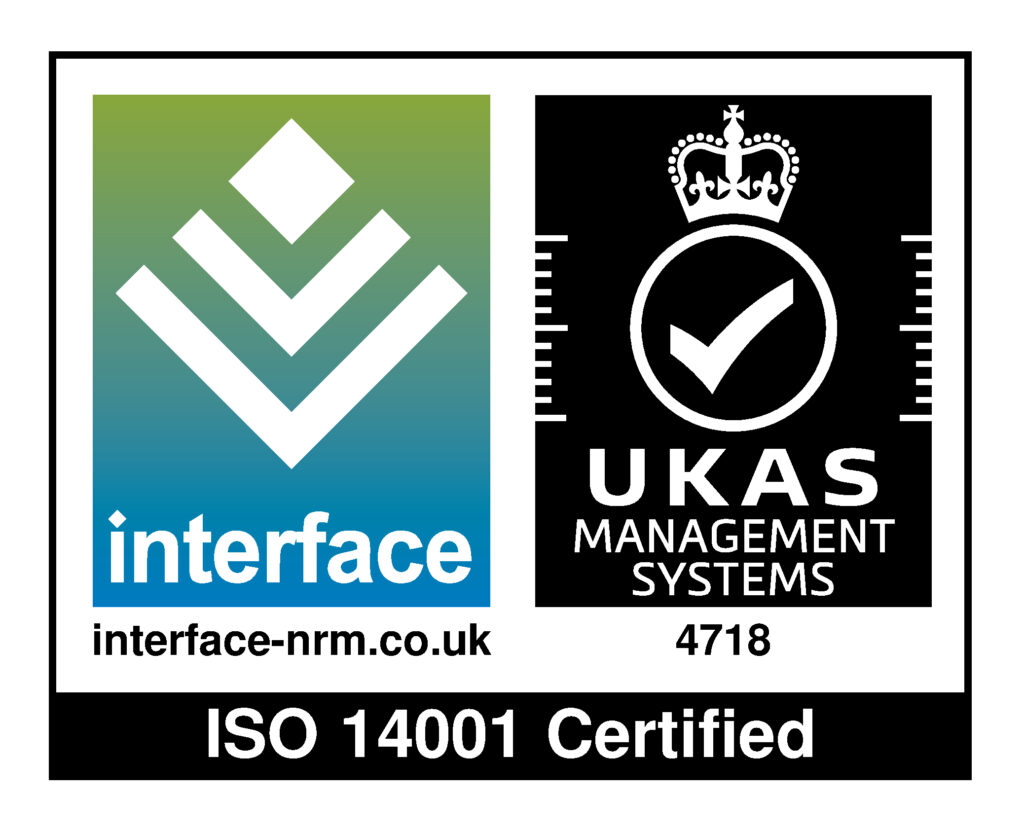Earlier this year, Shanghai’s Hongqiao Railway Station was one of the first major rail sites to benefit from the roll out of 5G
Huawei and China Mobile launched the fifth generation mobile telecoms technology to passengers in June 2019, enabling people to stream a 2GB high-definition film in under 20 seconds. It is now expected that 5G technology will support around one million devices per square kilometre compared to 4,000 for 4G – and it’s ten times faster.
The launch at Hongqiao is just the start of a global rail upgrade plan. It is expected that 5G technology will provide the catalyst for full digitisation of the rail network with several countries, including the UK, already exploring potential use cases. While the benefits to passengers are clear, 5G also offers rail operators and rolling stock companies several benefits in the form of reduced downtime, lower operating costs and enhanced service levels.
Tim Hughes, Managing Director at CHH CoNeX, explains: ‘The potential for 5G in the rail sector is enormous. The high-speed technology delivers the connectivity required to modernise Britain’s railways in line with the government’s Strategic Vision for Rail, helping to update railways by bringing forward digital technologies to move trains closer to track. For commercial operators it can deliver a seamless digital customer journey, connecting passenger preferences and train arrival times, while for rolling stock, it offers the chance to proactively monitor operational conditions to the benefit of infrastructure providers and operators.’
The vision Hughes sets out is one of predictive maintenance; whereby the behaviour and condition of every train component and subassembly is consistently captured in operation and recorded, instantly transmitting data to operators and businesses to enable them to make real-time decisions; changing routes when required or identifying potential repair work before it becomes a problem. It’s a hypothesis that has gained a lot of hype in recent years, with the Internet of Things gathering pace and the convergence of sensors and new technology platforms promising exciting things. With 5G, Hughes believes this digitised future is no longer an optimistic vision, but a reality.
‘We’re already working closely with rolling stock operators to provide complex and long loom assemblies used for data acquisition monitoring units. This is used to monitor wear and tear on the train in real-time, instantly sending data back to the operator to enable them to implement preventative maintenance schedules. Not only does this optimise train life costs but it also delivers indirect financial savings through reduced downtime caused by service disruption, improved on-time delivery records and smoother journey schedules.’
Putting the brakes on failure
The case for preventative maintenance in the rail industry is not difficult to build. In August this year, the Edinburgh portion of the ‘Lowland Sleeper’ from Euston failed to call at Edinburgh Waverley, instead coming to a stand some 650 metres beyond its intended stopping point. Fortunately, there were no injuries sustained and no damage, but the potential for a nasty collision was clear.
On the approach to Edinburgh, the driver discovered that the train’s braking performance was well below normal. A preliminary investigation indicated he had no control of the brakes on the coaches because a brake pipe isolating valve was in the closed position when the train left Carstairs. Therefore, the only effective brakes on the train were those on the locomotive, which were not enough to maintain control of the full train. Had the right technology been operational en route, the driver would have been alerted to the closed isolating valve prior to stopping, enabling him to take remedial action and avoiding an overshoot.
While preventative maintenance is an attractive proposition and 5G promises great things, there’s still the challenge of upgrading the UK’s entire rail infrastructure with the right hardware required to deliver this digitised future. Hughes also points out another issue that CHH CoNeX is working to solve – ageing trackside cabinets.
‘One of the major requirements for seamless rail digitisation is the need for new materials and technologies for trackside services, particularly when it comes to data cabinets. The majority of these are made from metal, which is vulnerable to corrosion and weathering over time. Metal cabinets are also inflexible, making it less suited to the fast and adaptable enclosure installations required in rail.’
CHH’s solution is polycarbonate. The company recently entered into a preferred partnership with German manufacturer Berthold Sichert for the supply of polycarbonate cabinets. The modular design of CHH’s cabinets allow for individual units to be modified or upgraded in isolation, enabling internal equipment to be reconfigured and damaged parts replaced on site without any interruption to rail services. Polycarbonate cabinets are lightweight, allowing for ease of installation as they do not require the concrete base needed for heavier metal versions. Most importantly though, polycarbonate has no effect on radio frequency, allowing 4G and 5G signals to pass through, unlike metal alternatives that block these frequencies. This means polycarbonate cabinets can add value for a secondary use, for example, housing sensors for monitoring and data collection purposes.
Rapid infrastructure changes
As with anything connected to the rail industry, time is of the essence. The rail sector has long talked about digitisation and signalled its intent but has fallen behind other industries, such as automotive, when it comes to delivering widespread digitised change. With the advent of 5G, digitisation is becoming a reality and the entire industry needs to move quickly if it is to catch up with other large infrastructure programmes.
‘We’ve developed a plug and play solution for trackside cables and loom assemblies’ Hughes explains.
‘This means that time spent trackside installing these solutions is significantly reduced, improving the safety of engineers trackside and minimising the risk of disruption on the line.’
CHH’s Plug and Play solution was originally developed for use with traffic signals and controllers but can be used across a platform of applications requiring power, signal and data. It reduces time spent on site by fitting sockets into the base of the controller so cables can be plugged in to the base with no wiring to complete, as cables are pre-wired before being taken out in the field. Cable sets are pre-labelled to ease identification of install. The solution was previously used to reduce the time it takes to install typical traffic signals from five days to one for a standard eight-pole junction. Hughes believes it has a powerful role to play when it comes to loom and assembly installs.
‘The cost of any disruption to the UK’s railways is too high to risk with complicated installation techniques. We face a huge task of upgrading the UK’s rail infrastructure so that we can truly realise the benefits of 5G technology. As a result, we need simple, proven and rapid trackside installation methods and the very best materials. At CHH, we’re delivering this together with our partners as we contribute to the digitisation of rail.’
Tim Hughes paints a promising picture for the UK rail industry, with CHH CoNeX providing the equipment, tools and expertise required if the sector is to realise the true potential of 5G. However, the technology is deployed, one thing remains clear – there’s never been a better time for UK rail to begin the digital transformation journey.
Tel: 0121 344 6316/4229
Email: enquiry@chhconex.com
Visit: www.chhconex.com







